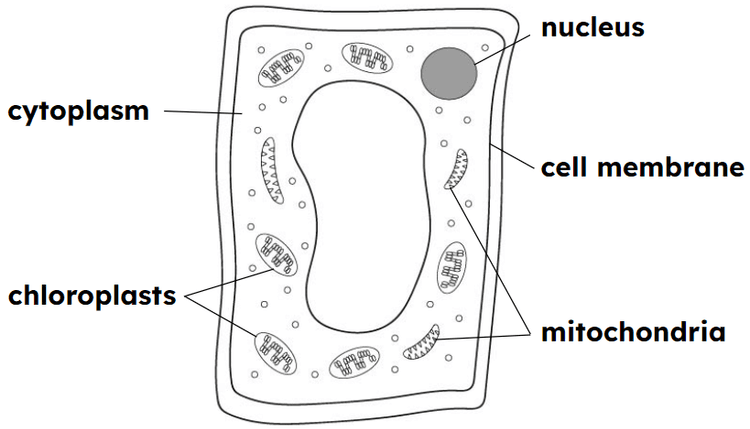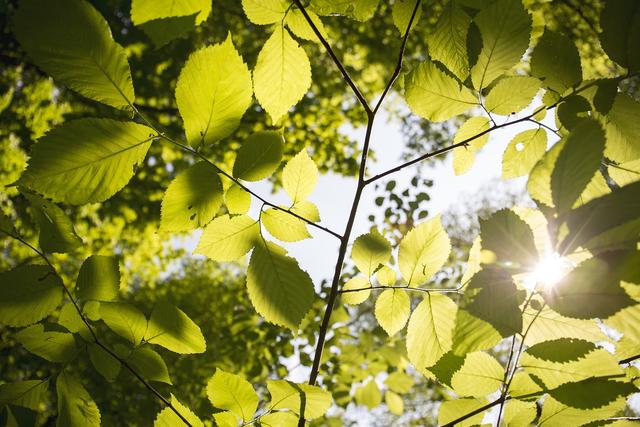Adaptations of plants for photosynthesis: absorbing light
You can describe how plants are adapted to absorb light for photosynthesis.
Adaptations of plants for photosynthesis: absorbing light
You can describe how plants are adapted to absorb light for photosynthesis.
These resources will be removed by end of Summer Term 2025.
Switch to our new teaching resources now - designed by teachers and leading subject experts, and tested in classrooms.
These resources were created for remote use during the pandemic and are not designed for classroom teaching.
Lesson details
Key learning points
- Plant leaves are made up of cells that contain structures called chloroplasts.
- Photosynthesis takes place in chloroplasts.
- Chloroplasts contain chlorophyll, which absorbs light for photosynthesis.
- Plant leaves are thin to allow light to pass through to cells containing chloroplasts.
- Plant leaves have a large surface area to absorb light for photosynthesis.
Keywords
Chloroplast - Photosynthesis takes place in chloroplasts, which are small structures inside some plant cells.
Adaptation - A feature that helps an organism to function and survive.
Chlorophyll - A green substance inside chloroplasts that absorbs light for photosynthesis.
Surface area - The surface area of the top side of a leaf is the area through which light can be absorbed.
Common misconception
Not appreciating the links between form and function in biological structures.
This lesson develops a key cross-cutting idea in biology: the shapes and forms of biological structures are adapted for specific functions.
To help you plan your year 9 science lesson on: Adaptations of plants for photosynthesis: absorbing light, download all teaching resources for free and adapt to suit your pupils' needs...
To help you plan your year 9 science lesson on: Adaptations of plants for photosynthesis: absorbing light, download all teaching resources for free and adapt to suit your pupils' needs.
The starter quiz will activate and check your pupils' prior knowledge, with versions available both with and without answers in PDF format.
We use learning cycles to break down learning into key concepts or ideas linked to the learning outcome. Each learning cycle features explanations with checks for understanding and practice tasks with feedback. All of this is found in our slide decks, ready for you to download and edit. The practice tasks are also available as printable worksheets and some lessons have additional materials with extra material you might need for teaching the lesson.
The assessment exit quiz will test your pupils' understanding of the key learning points.
Our video is a tool for planning, showing how other teachers might teach the lesson, offering helpful tips, modelled explanations and inspiration for your own delivery in the classroom. Plus, you can set it as homework or revision for pupils and keep their learning on track by sharing an online pupil version of this lesson.
Explore more key stage 3 science lessons from the Plant nutrition and photosynthesis unit, dive into the full secondary science curriculum, or learn more about lesson planning.

Equipment
Licence
Starter quiz
6 Questions





Exit quiz
6 Questions









